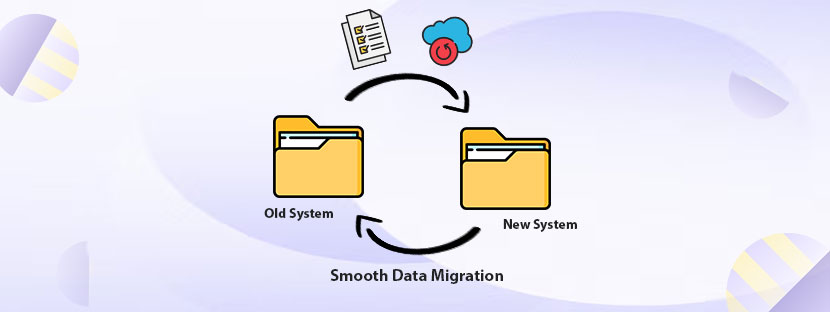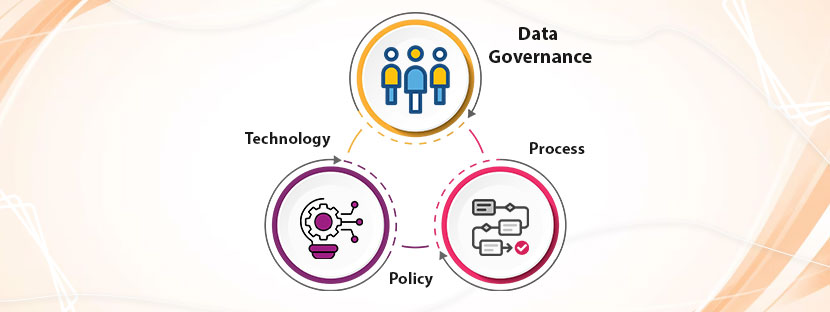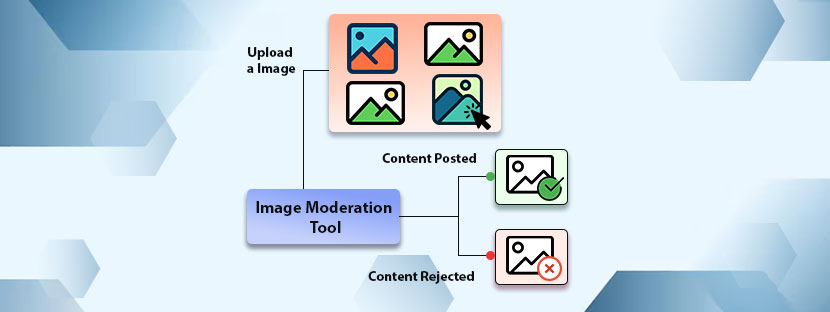Migrating large data files from one location to another is a daunting task. It needs proper planning and then strategic execution. For smooth data migration, checking the condition of your data is also important. If your data is clean and enriched, then migration would take less time.
Considering a suitable plan along with quality data measures can make the data migration journey hassle-free. Don’t miss the chance to improve the data quality standards in this case. Otherwise, you can end up spending extra for nothing in exchange.
Let this blog help you show the right way to migrate your database with due measures. Here we’ll check how to remove errors from the migration process and make it free from all hassles.
Shall we begin?
Errors in data make migration complex
The occurrence of errors while migrating the database is quite common when it comes to data fields. The most common issues are data duplication, outdated records, format issues, and many other things. Even though everything is set, it can still create issues.
The success rate of data migration is generally quite low. Garters stated that 83% of the data migration projects always fail due to various reasons. Poor data and complex data structures are the main reasons behind the failure of data migration projects.
Before initiating the migration process, the data needs to be fixed with accurate measures. Most importantly, having all data in a uniform format makes the process smoother. Suppose you have a database containing phone numbers. So, for every entry, you maintained proper structure, like country codes, and followed up with the numbers. When it comes to migrating the entire phone number database from one location to another, it becomes easy for you to keep the format intact. Because the new location might not allow for mismanaged data formats. That’s why you have to check your data quality before starting the migration.
Before migration, you have to make a serious consideration of all the above-mentioned data concerns. If you undermine these concerns, the results after the migration will not bear the desired fruit. Errors in the data will get more visibility if not corrected during the migration process.
Data profiling prior to migration can save efforts
Once again, precise planning is everything when it comes to data migration. Besides planning, you also need to forecast and allocate resources accordingly to your plan. In this case, accurate data profiling can help you find the scopes and challenges of your data.

It’s a process to dissect the data to understand what it contains. Here, the data technical experts fragment data into multiple pieces based on the content. So that the regular users of the data (i.e., the business users) can get the accurate data whenever required for the process. During the migration phase and even after the migration is over, data profiling will help keep the data validated and updated. Basically, it’s a quality control procedure working for the betterment of your data.
Pro tips to follow for a smooth and hassle-free data migration
Test your process
Migrating large databases is not a matter of joke. If not done properly and within a specific time, it can cause huge data loss. Therefore, it’s ideal for you to test your migration process before you move any steep ahead.
Testing the migration process before initiating it can provide you with TWO major benefits. One, you can identify potential problems of the system; and two, you can estimate the time to accomplish the project.
Hence, testing should be done with a small portion of your data to check the impact first. If needed, make small changes to adjust to the process.
Done data backup
As we already know, the rate of completing error-free data migration is very less. Thus, you should not take the risk of any adversities and always follow the data backup plan. Use a hard drive or cloud storage to back up your process so that you can recover your data quickly if anything happens during the migration process.
Measure every step
Data migration is a series of small steps. Monitor every step with accurate measures to check whether they are following in the right way ot not. For tracking the process, you need to deploy key metrics also. It becomes more important when you are using any tool for migrating the database. Besides checking the metrics, you also need to check the timeframe of the process.
Keep everything documented
Migrating data from one location to another can become complex sometimes. It’s not necessary that one person handles everything. However, everyone should be aware of their progress and how the migration process is going. Therefore, documenting everything is necessary. Your team must document everything that they are doing for the sake of making the complex data migration process easy.
Having support during migration is important
The only support you need during the data migration process is to keep the data flow on. With the help of quality data entry and management solutions, you can make the data migration process easy and smoothly-flowing. By quality data entry solution, we meant the right of services that can make your database clean, organized, and ready for migration. Rationalize the use of manpower to make your data processing smooth and progressed to make your database migration process simple.










